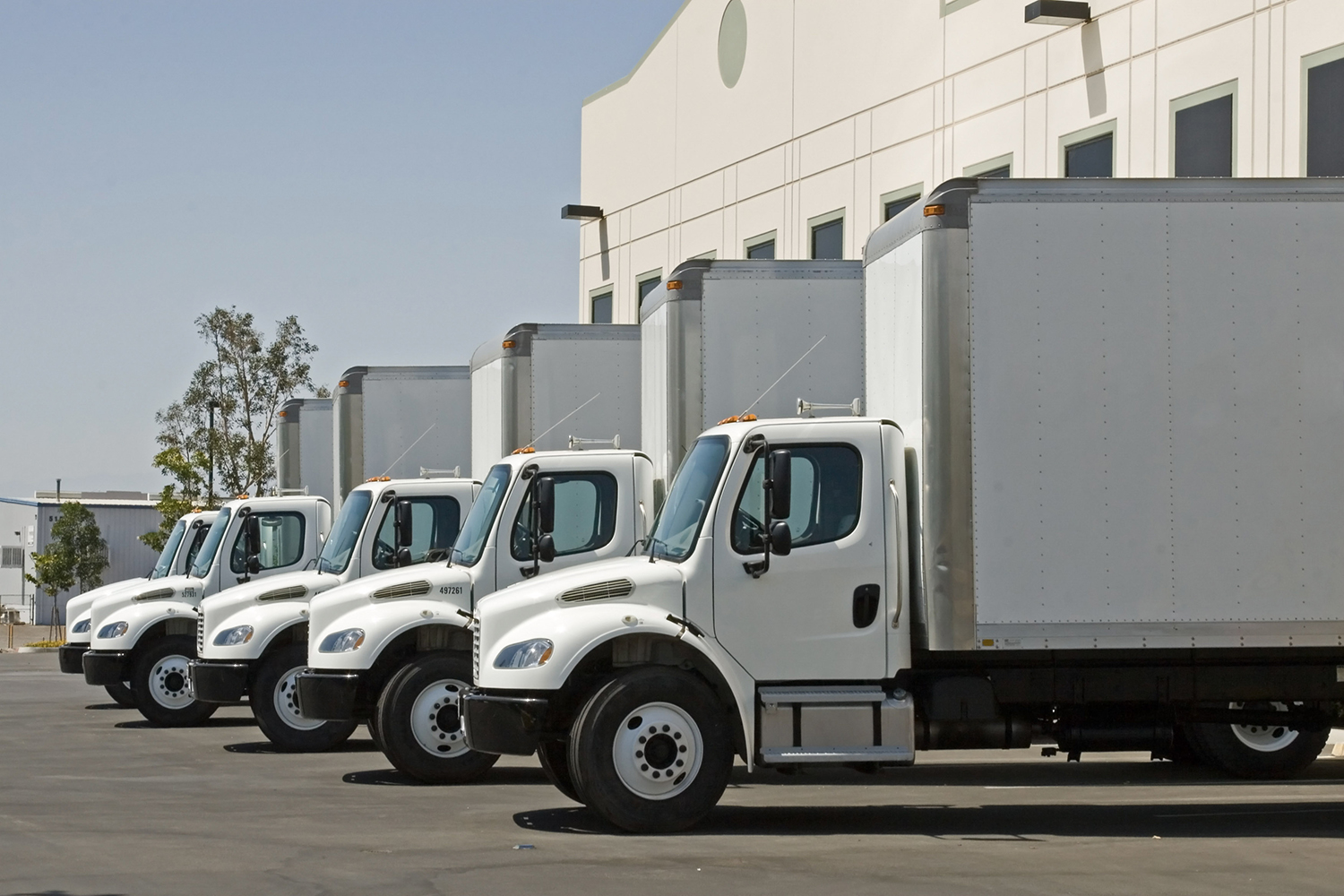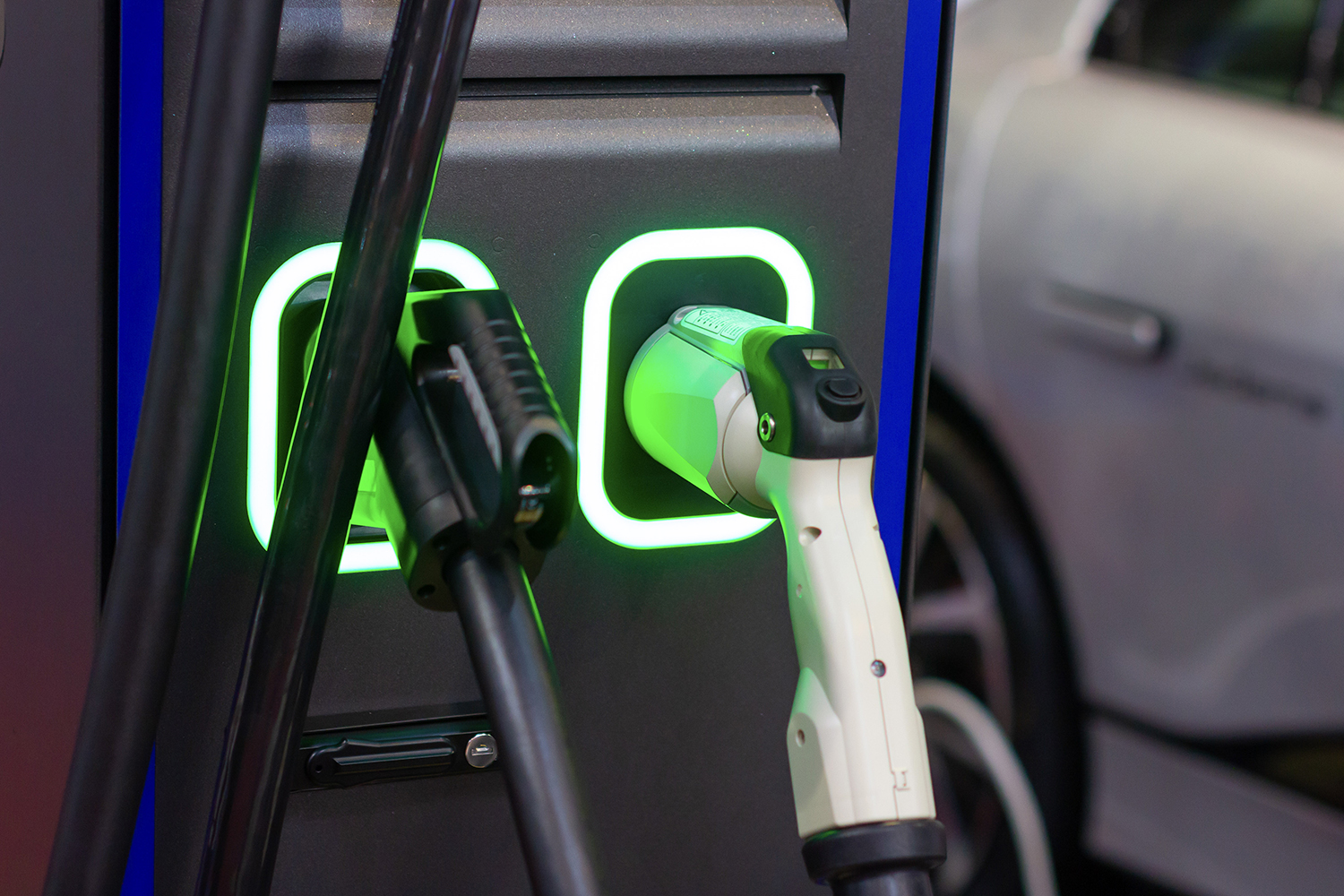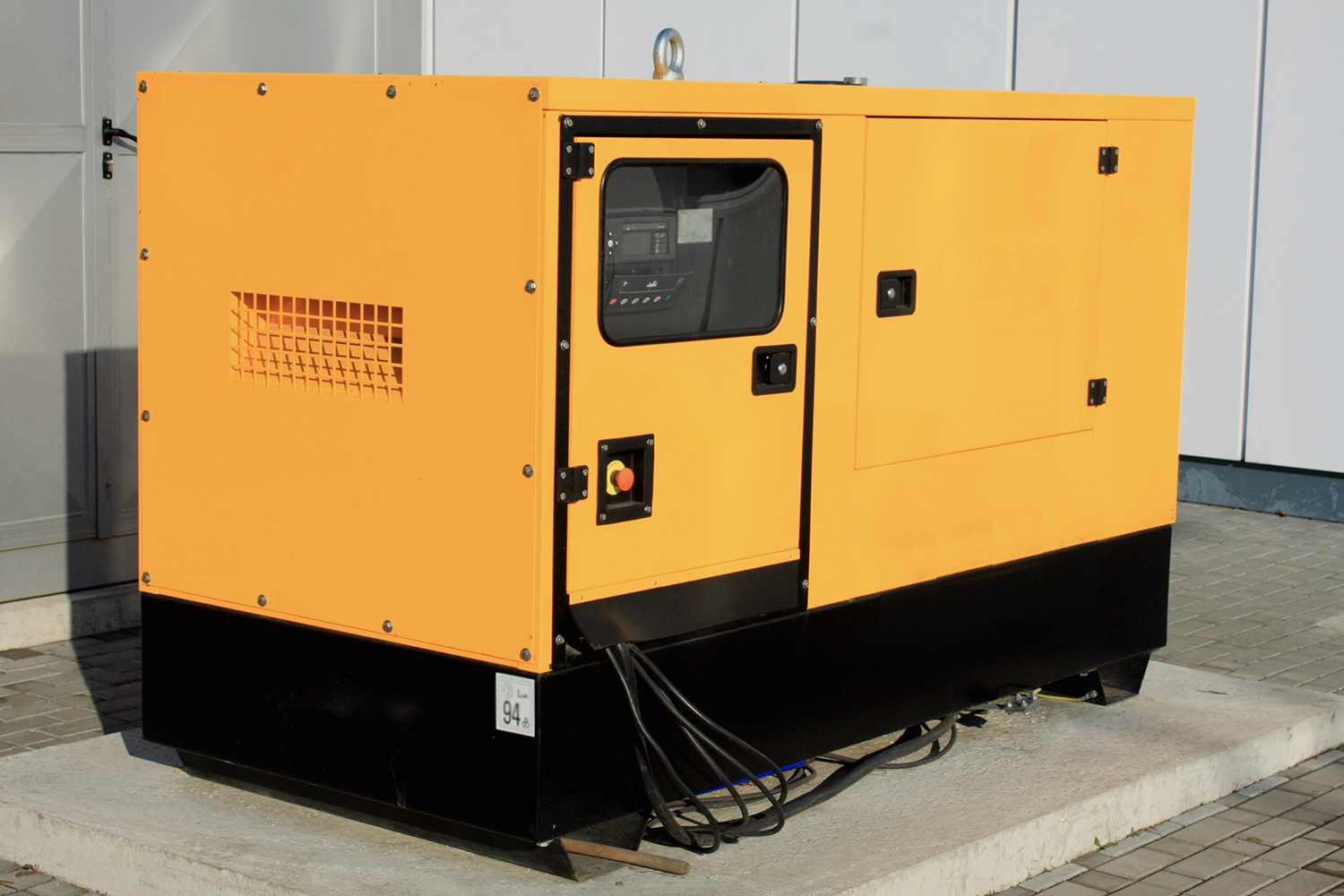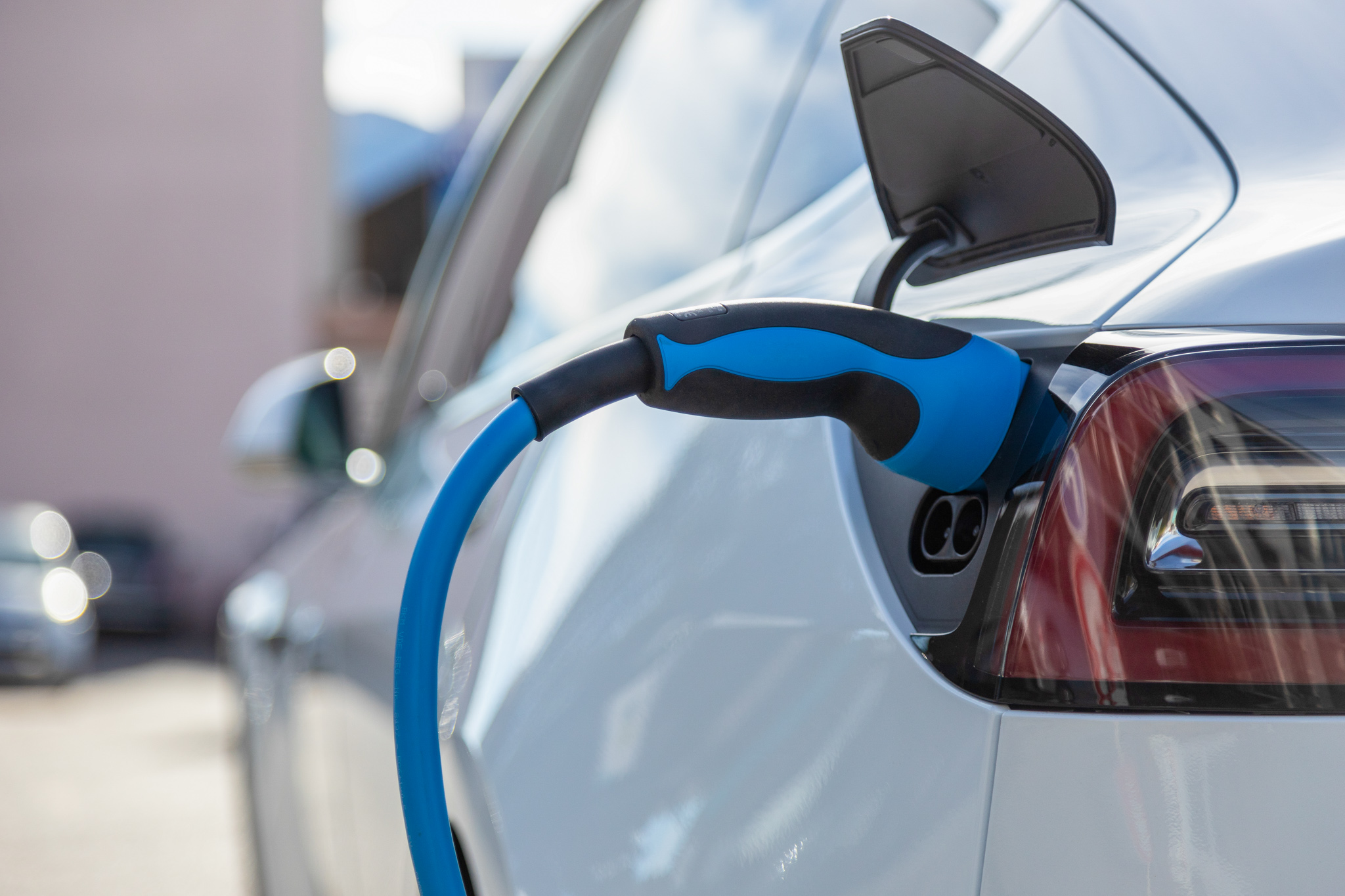The Role of Technology In Planetary Stewardship
Our Systems Technologies are attempting to overcome some of the world's most pressing environmental challenges. There is still much to develop and improve, but initial results are pointing to exciting and helpful signs for the future of our planet. What are the solutions that can represent a viable environmental and economic value proposition today?
The Energy Paradox
The demand for energy has never been greater. The need for transportation, travel, construction, manufacturing and keeping global supply chains moving, all continue to grow. At the same time, the urgent requirements for outstanding air quality and its objectives to counteract the effects of climate fluctuation have spurred initiatives for renewable energy sources like Solar and Wind power. These are important initiatives, but the yield efficiencies and costs to implement at a large level have a direct effect on the world's economy.
These economic variables, combined with the environmental costs of manufacturing, maintenance, downtime and the negative environmental impact of product disposal once operating life is depleted, lead us to a singular conclusion. Generating any and all forms of energy have significant economic and environmental impact. With Energy, there is no free ride.
AiResource Energy Comparison Chart
| Energy Source | Benefits | Drawbacks | Internal Density Scores |
|---|---|---|---|
| Diesel | Driver of the world's economy, one of the highest power densities of any popular fuel, high torque output, infrastructure in place. Reliable, works well in any situation or weather conditions. | High emissions with current technology, non-renewable source, oil drilling is environmentally variable. | |
| Geothermal | Renewable, predictable and reliable, long lasting equipment | Environmental impact, high construction costs, scarcity of suitable locations, inconsistent output | |
| Hydroelectric | Renewable, low emissions, reliable, safe | Environmental consequences, expensive to build, drought potential, limited reserves | |
| Hydrogen | Hydrogen has the highest calorific value with an extremely high energy density. | Almost no existing infrastructure. Extremely expensive. Requires extraordinary amounts of electrical energy during electrolysis to convert to fuel. Extremely flammable and difficult to store, transport and handle. Generates NOx emissions | |
| Nuclear | Doesn’t contribute to global warming. Low fuel costs. Low fuel quantity. Power station has very long lifetime. | Waste is radioactive and disposal is difficult and expensive. Thermal pollution for marine life is detrimental. Large scale accidents can be catastrophic. Negative public perception based upon history. | |
| Solar | Clean, renewable, available in most locations. Infrastructure is in place but far from mass adoption. | Not reliable, only works well on sunny days, not during night or inclement weather, low yield, panels are expensive and require constant upkeep, maintenance and replacement to ensure consistent output | |
| Tidal | Renewable, predictable and reliable, long lasting equipment, effective at low speeds | Environmental impact, high construction costs, scarcity of suitable locations, inconsistent output | |
| Wind | Clean, renewable, available in some locations. Infrastructure is in place but far from mass adoption. | Not reliable, only works well on windy days, low yield, wind turbines are expensive, require constant upkeep, maintenance and replacement to ensure consistent output, current blade technology is non-biodegradable, kills birds and wildlife, wind farms are ugly and noisy. |
“Diesel is arguably one of the world’s most significant economic drivers”











